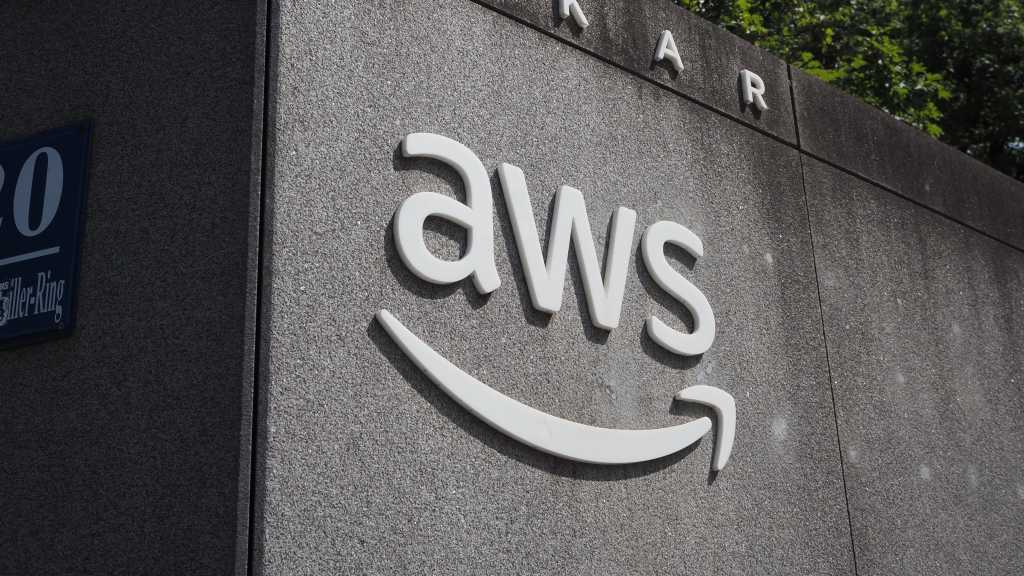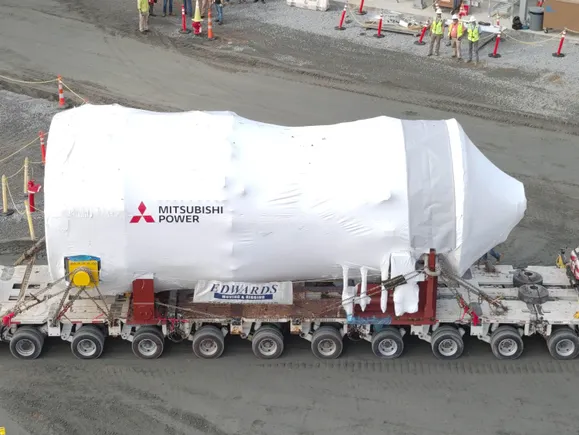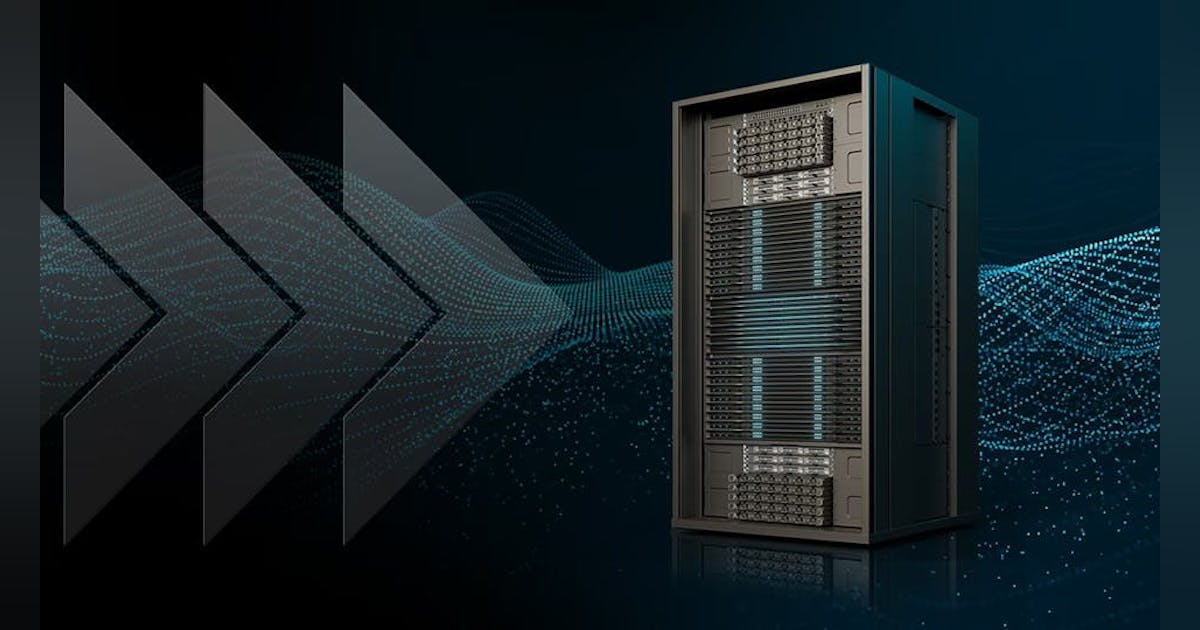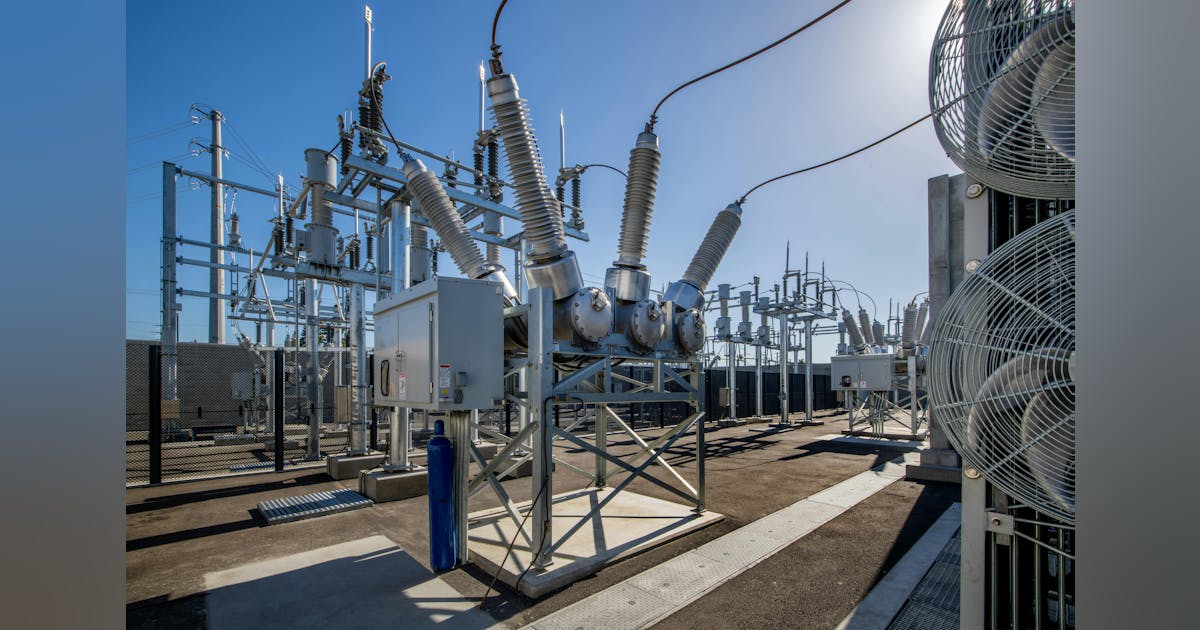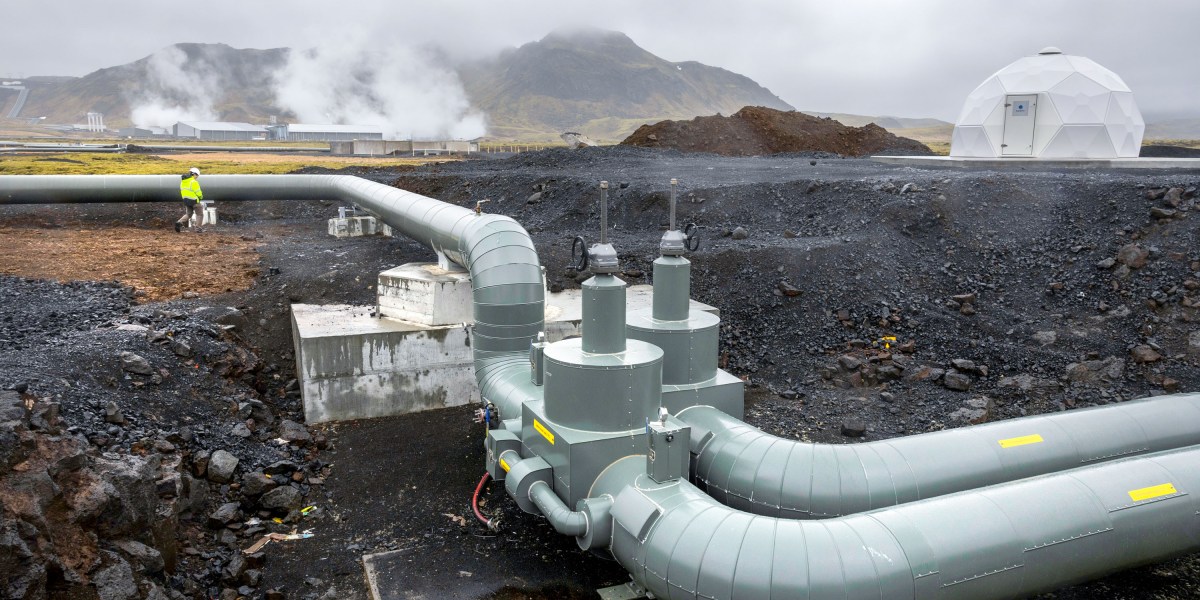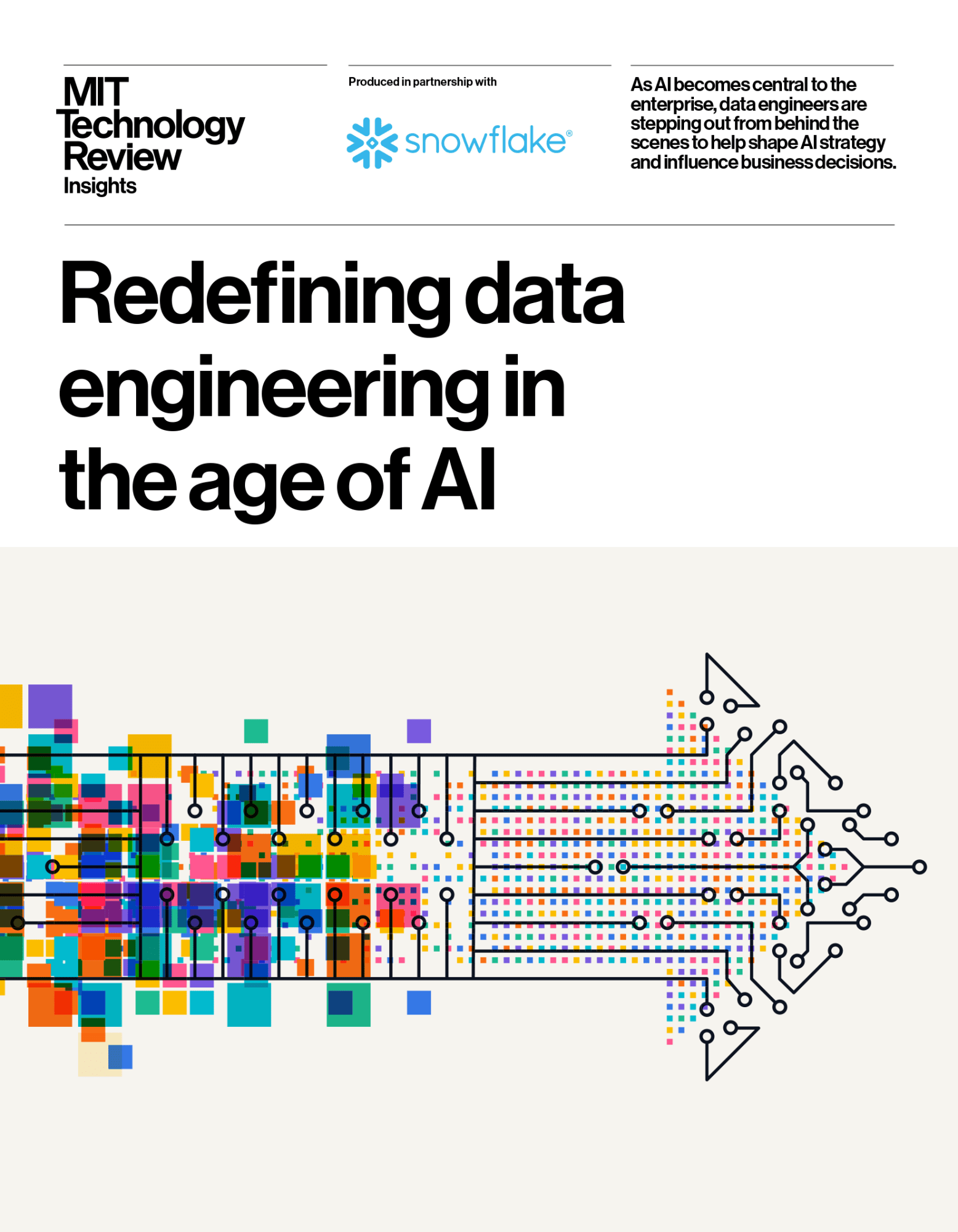French industrial giant Altrad as completed a deal to buy Aberdeen-based Stork UK which means 1,900 workers now have new employers.
The deal, originally announced in April 2024, was initially due to complete in the third quarter but was finally delivered 1 February.
The value of the purchase of Stork TS Holdings Limited which holds the Stork UK group of companies, from Texas-based Fluor Corporation (NYSE: FLR), has not been disclosed.
The Montpellier-headquartered company said the deal was the latest “transformational step” in its UK business both offshore and onshore.
Altrad’s CEO for the UK, Ireland, Nordics and Poland, John Walsh said the announcement “reflects an important milestone in the execution of our strategic plan; providing scale to our UK Continental Shelf (UKCS) offshore operations and extending the portfolio of services we are able to offer our clients in the UK, both offshore and onshore”.
Steve Hunt, regional director of Stork UK added: “We are extremely pleased to be joining Altrad and are confident our business will be well positioned to grow and develop at pace under the new ownership structure.”
Altrad has been on a buying streak in recent years. In 2022 it announced the acquisition of Sparrows, another Aberdeen-based firm, which saw 2,000 people move into the group.
Stork has bases across the UK including Teesside and Falkirk.
The company recorded close to €5.5 billion (£4.5bn) in revenues in 2024, an increase of just over 3% compared to the year prior.
More to follow.





